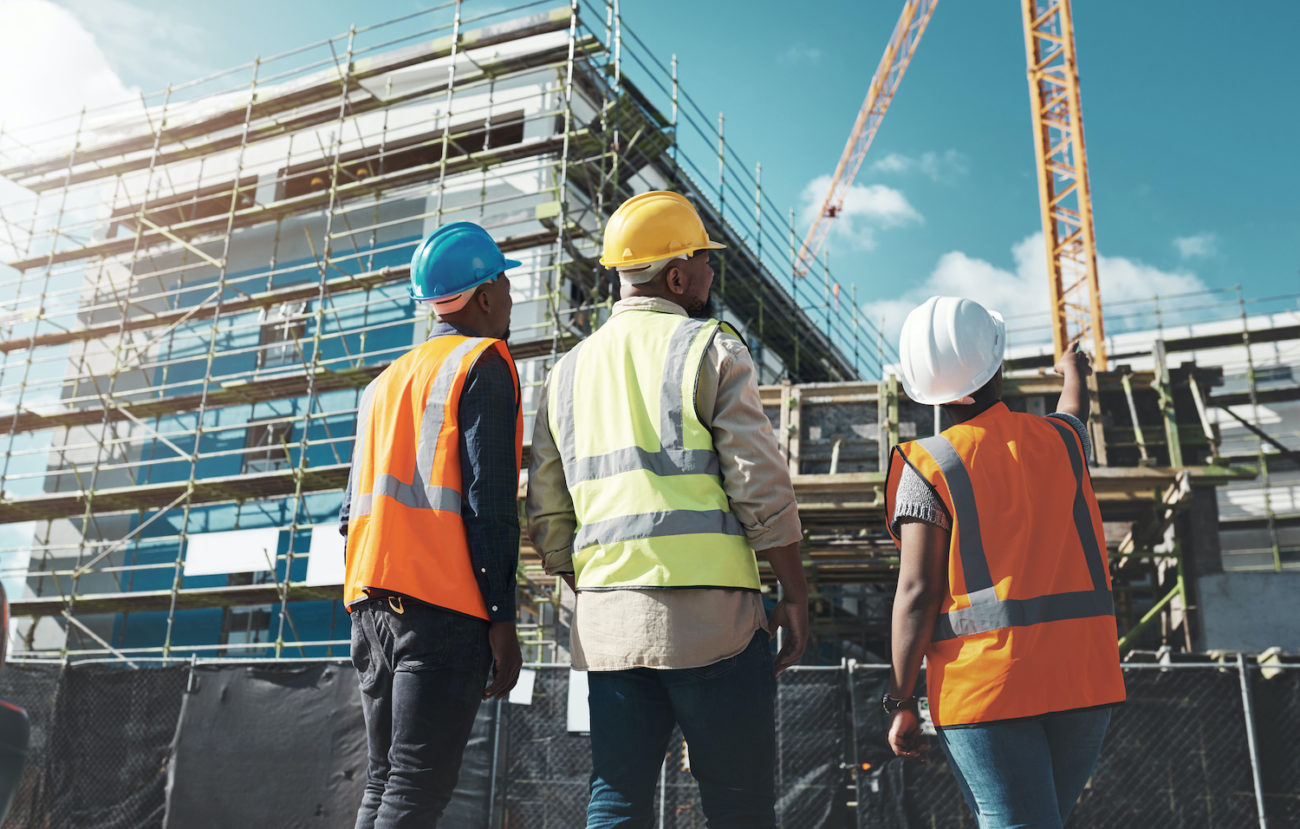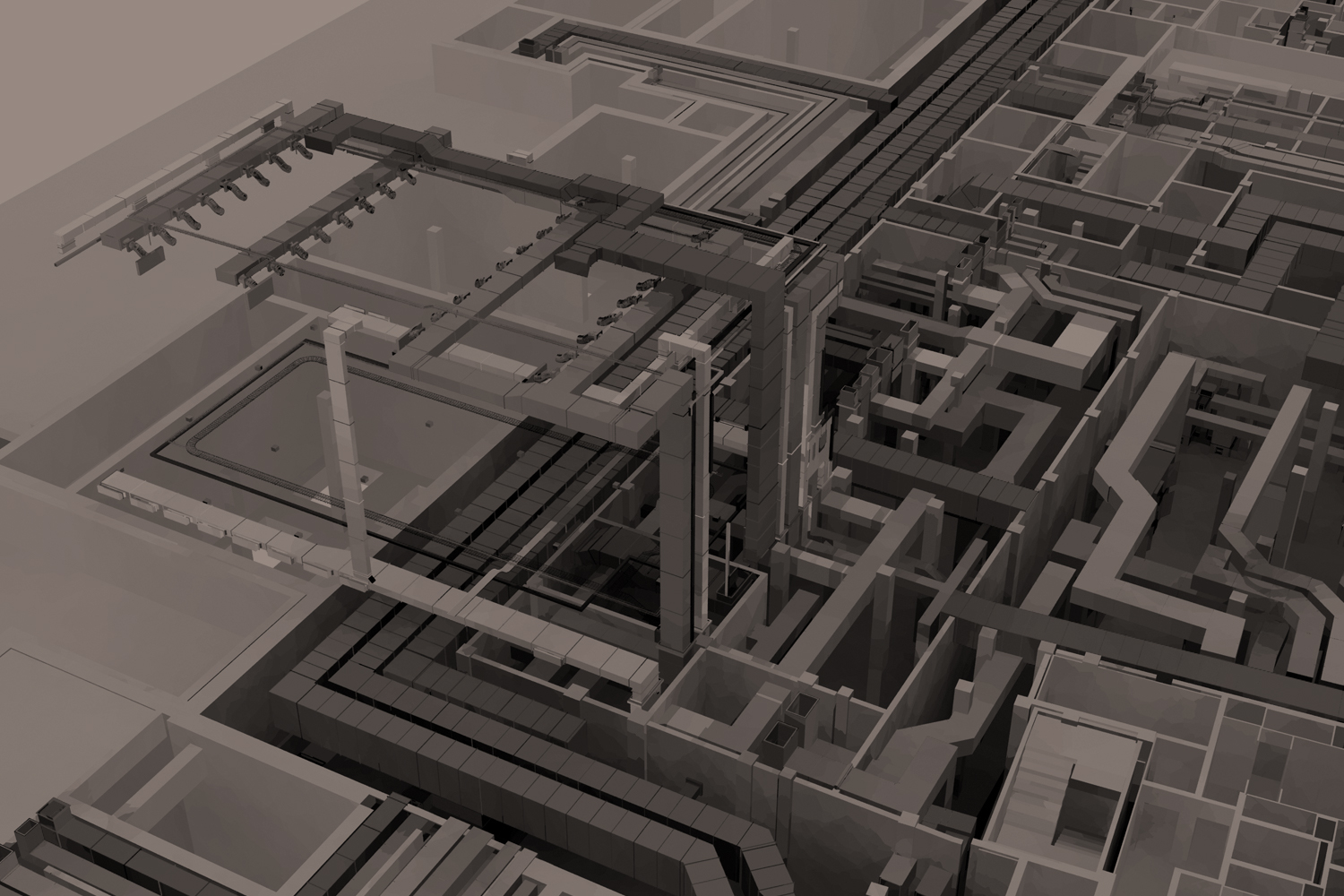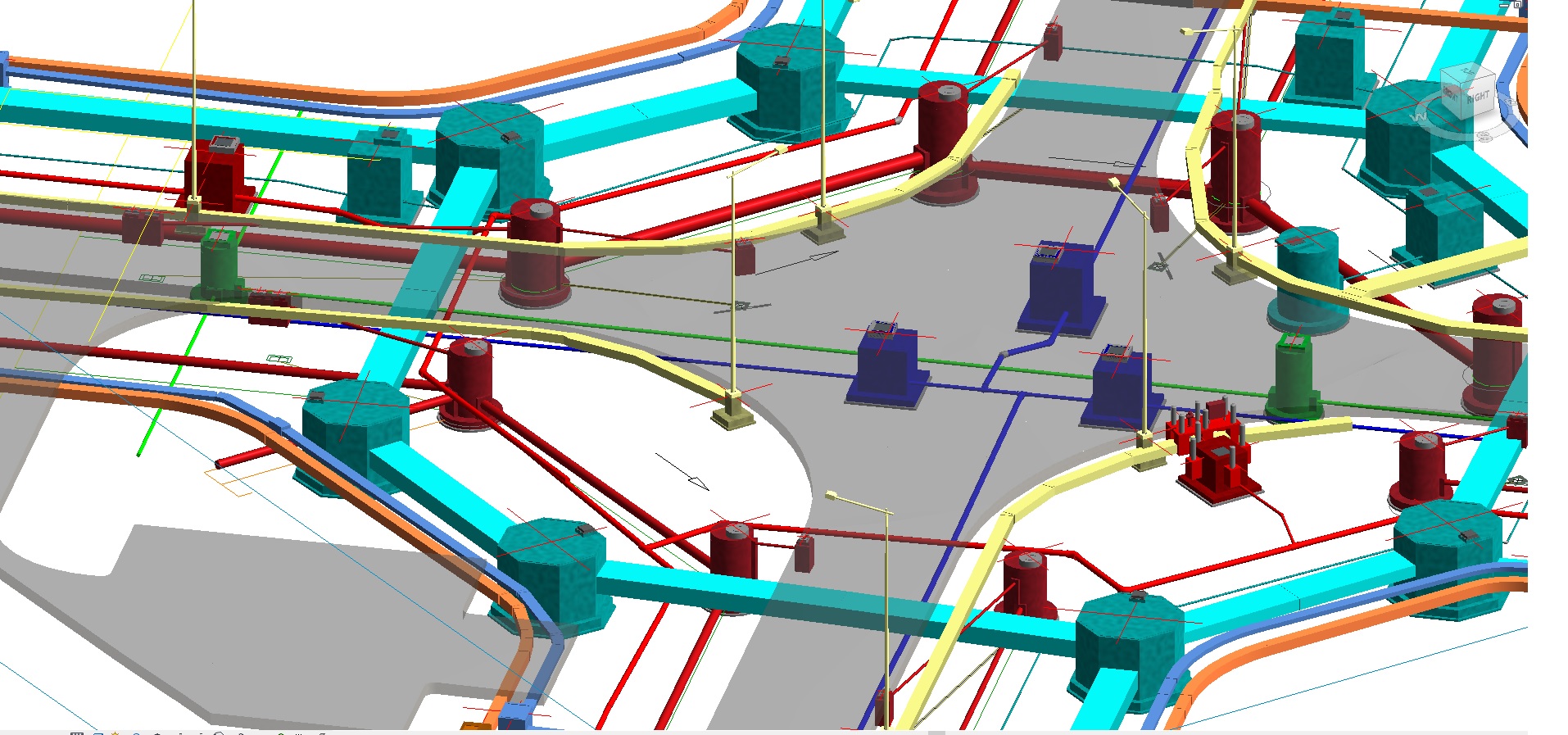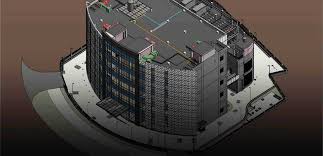The construction of any building has various stakeholders involved at different stages of the project’s lifecycle. There are structural engineers, MEP technicians, architects, designers, suppliers, manufacturers etc. all of whom need to work in coordination with each other to ensure that the building gets completed without any errors or issues. One of the most effective methods to ensure coordination and reduce onsite errors is through timely Clash Detection Services. In the building information model clash detection is the process of identifying any inter or intra disciplinary clash within the 3D Model. It has various advantages like saves time, resources, reduces loss of money and resources. In the current article we will be looking at the types of clashes that can occur in the construction process and also stating the advantages of detecting them in the preconstruction stage.
What are the types of clashes?
There are three types of clashes that occur during the construction process.
Hard Clash: Firstly, there is the hard clash which involves geometrical issues. Hard clash occurs when two objects are occupying the same space. It could be an intra disciplinary clash for instance when a HVAC duct is clashing with a plumbing pipe, or it could be an inter disciplinary clash, for instance when a steel beam is at the same place where a wall is (clash between architectural and structural elements). Another rarer type of hard clash is concerned with duplicates. It occurs when during the modeling phase the professional puts the same object twice in the same page. It is ideally detected and highlighted.
Soft Clash: Soft clash occurs whenever an object or an element is not given the geometric tolerances that it requires. To put it simply whenever the buffer zone of any object is breached then a soft clash is detected. Undetected soft clashes could cause serious problems during the maintenance of objects. For instance, in MEP BIM Services, if any air-conditioning unit or heater is not given the proper buffer space then it could be difficult to properly maintain them as well as the heat radiating off it could cause harm to the near by components.
Workflow Clash: The last clash is with regards to scheduling and can also be called as 4D clash. This occurs when there are any issues in the timeline. Workflow clashes are crucial and need to be detected or else one small error could have a domino effect and disrupt the whole timeline.
Why is Clash Detection so crucial?
Clash Detection is not a novel process. Before it used to take place onsite but with BIM it can take place in the preconstruction phase well before the onsite construction commences. BIM provides architects, engineers, designers etc. the ability to identify clashes during the planning and design stages, and eliminates the need for multi-level design changes that would result in overall reduction of cost and time.
Today, a lot of building components are prefabricated. It is necessary to ensure that the shop drawings are extracted from a clash-free BIM model because any changes in the dimensions or designs would ultimately lead to the component having to be fabricated again. In today’s construction scenario when companies are already working on razor thin margins and tight timelines even a small error could make a huge difference.
When the construction industry has all the tools necessary to detect any hard, soft or workflow clashes in the preconstruction stage then they must utilize it and make the best out of it.











